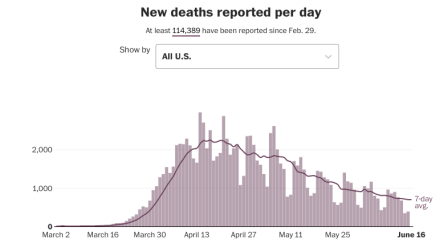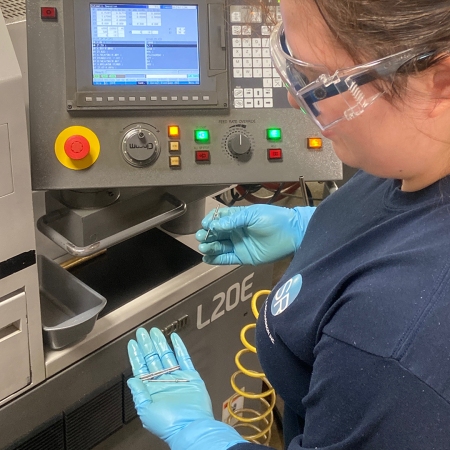The Executive Order Ensuring the Future Is Made in All of America by All of America’s Workers has been getting a lot of attention on line as a new effort to drive consumers to buy stuff Made In America. Our close reading of this order however, reveals it to apply only to federal government purchases. We appreciate this initiative, but are dismayed at how little folks seem to know about the various Buy America, Buy American, Made in America, Made in USA, phrases, their differences, and their applicability.
Made in America
President’s Biden January 25th Made in America Executive Order only applies to the roughly $600 billion in annual federal government procurement spending. It does not apply to commercial sales.
“Made in America Laws” means all statutes, regulations, rules, and Executive Orders relating to Federal financial assistance awards or Federal procurement, including those that refer to “Buy America” or “Buy American,” that require, or provide a preference for, the purchase or acquisition of goods, products, or materials produced in the United States, including iron, steel, and manufactured goods offered in the United States.
Buy America
Is an existing Federal program that applies ONLY to Federal Transit Administration and Federal Highway Administration spending and programs. Include requirements for 100% U.S. content for iron/steel and manufactured products in transportation projects. Exceptions and waivers apply.
Buy American
Buy American can apply to all federal government purchases (procurement) and governed by each individual agency with oversight from OMB and GAO. Creates a price preference that favors “domestic end products” from American firms on U.S. federal government contracts for manufactured products in which the cost of its U.S. components exceeds 50% of the cost of all components of the item and the product is manufactured in the United States.
Made in USA
Applicable to products regulated under the authority of the Federal Trade Commission (FTC). It is a consumer label claim governed by the Federal Trade Commission. “Made in USA” means that “all or virtually all” the product has been made in America. That is, all significant parts, processing and labor that go into the product must be of U.S. origin. Products that contain more than de minimis amounts of foreign content, including steel or aluminum cannot claim Made in USA on the packaging or marketing materials.
Don’t forget NAFTA /USMCA Country of Origin Labelling
Applicable to products imported into the United States governed by Tariff and duty rates enforced by U.S. Customs. Country of origin determination / Identification of the goods is important in determining if a product is eligible for preferential tariff rates, including free trade agreement rates. When a good does NOT come entirely from a single country, the internationally recognized legal principle of substantial transformation is used to determine the origin of the good.
Want to learn more?
Check out our podcast at : Made in America What’s the Difference Podcast
Download our Graphic as a pdf at : Downloadable Graphic
Our thanks to The Franklin Partnership for their assistance.




 Posted by speakingofprecision
Posted by speakingofprecision 














